
Should you buy a Butterfly ultrasound machine?
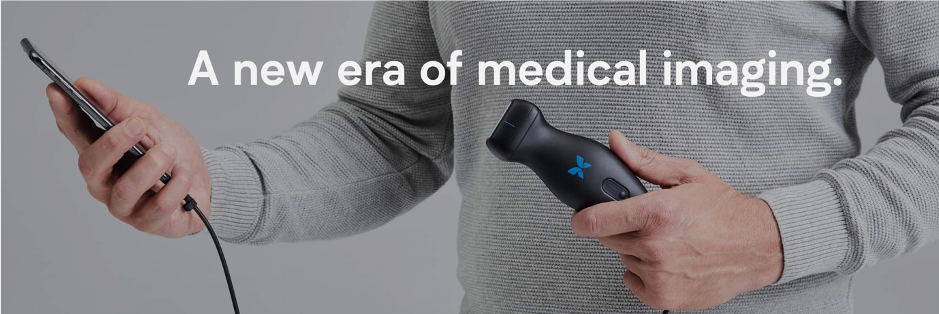
We are receiving weekly emails and enquiries about this new cool, super slick handheld Butterfly ultrasound machine (image above). So, is it any good? Is it worth the money? Should people buy it? Hopefully this blog will help you make your own mind up.
On our last introduction course, three delegates turned up on the first day with this new device. Two of them had not even been taken out of the box (it comes in a very smart box – think Apple!)
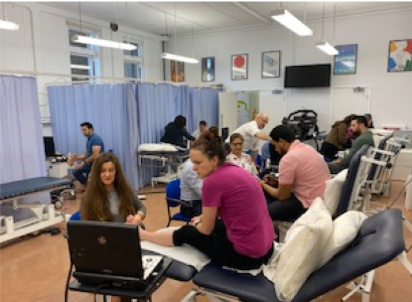
There is obviously a big push at the moment to advertise to potential customers using Google and Facebook Ads. It is a very well-funded company and is spending a significant amount of money targeting potential customers (you!).Clearly, this is resulting in a lot of people buying the machine. They company has raised approximately £250 million investment, so expect many more ads’!
Our SMUG Facebook page seems to receive a sponsored post (an advert) with every scroll! It has also received a significant amount of press (see below). So, what is all the fuss about?
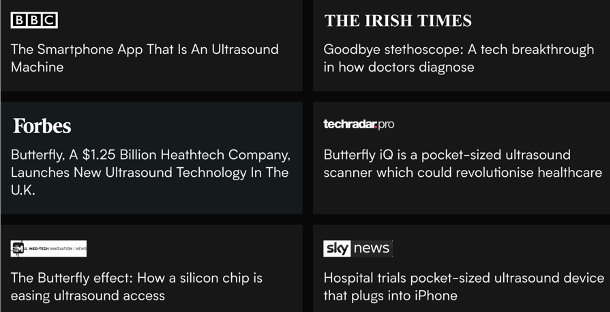
There are many positive aspects of this new machine. It is not expensive (infact for an ultrasound machine it is cheap), very portable and easy to use with simple and smartphone type functionality.
First of all, this little bit of machinery is technologically very impressive. Conventional ultrasound machines use piezo-electric crystals to transmit soundwaves to produce an image, but the Butterfly uses a semiconductor microchip. The Butterfly IQ’s single probe delivers a 2-D array of 9000 microsensors to emulate any type of probe - linear, curved or phased. From a musculoskeletal point of view, this means you don’t need to buy a couple of probes, you have different probes within the one device. Very clever!
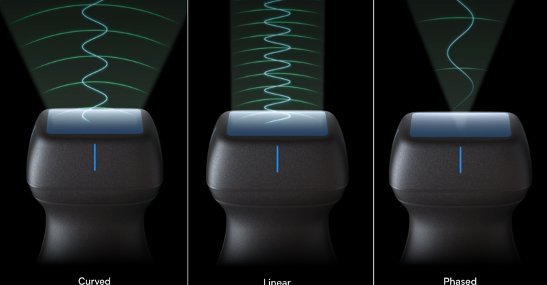
The probe is actually quite bulky, heavier than a conventional ultrasound machine and has a wider footprint. This makes it more awkward to scan especially around small, bony areas. Certainly, if you are scanning around a small bony area, such as around the lateral malleolus to scan the peroneal tendons, it can get quite tricky to manoeuvre due to the size of the footprint. This maybe something you get used to it.
It has a good battery life offering over two hours of scanning, which for a handheld machine is quite impressive. It also has wireless charging which is not common on the handheld market.
From an aesthetic point of view, it has learnt some key lessons from Apple and not surprising won an Apple design award in 2019. It looks very sleek and has an anodized aluminium body. It is robust (unlike many ultrasound probes) and durable. The probe is small, light-weight and can literally be taken anywhere in your pocket!! It is compatible with Samsung and Apple phones and tablets.
The Butterfly (Pro Individual) costs (including VAT) £2470.80 (not including a £95 case) plus £360 per year as a membership fee. This fee covers unlimited cloud storage which is a useful feature and allows you to easily and safely store, index and share your scans. This package is what they recommend for musculoskeletal scanning and includes features that you require such as power Doppler. It is worth bearing in mind if you have the Butterfly for 3 years you can add approximately another £1000 on membership.
As a product it has made a significant impact on the access to imaging in many developing countries, helping to improve medical care, particularly in remote areas.
Like most ultrasound machines, they are designed to be used in all areas of medicine. It is being used for cardiac, lung and abdominal scans aswell as musculoskeletal imaging.
This is literally one of the cheapest machines on the market. So far…I hear you say….so good! Well, I am afraid this is where the positive comments end. When it comes to ultrasound machines you get what you pay for!
Now for the most important part, image quality! When it comes to musculoskeletal ultrasound this is the most important feature of any ultrasound machine and unfortunately this machine comes up short.
On a recent course we compared the Butterfly to three machines. One was the handheld Clarius machine (Version 2), the other was an old Sonosite M-Turbo machine and a GE Logic. As with most ultrasound machines, you get what you pay for and the most expensive machines provide the best image quality. The Butterfly costs around £2,000, the Clarius is around £4,000, the SonoSite M-Turbo is approximately £8,000-10,000 and the GE Logic is £15,000. So, it is no surprise that the GE Logic-e was the best machine and the Butterfly was by the worst.

The Clarius is also a handheld machine and significantly outperforms the Butterfly interms of image quality (see below). We would expect this as it is twice the price to buy. I would suggest the Clarius (version 2) is a far better product for musculoskeletal imaging than the Butterfly.
Read my previous blog about which ultrasound you should you buy for more information about the other machines we tested.
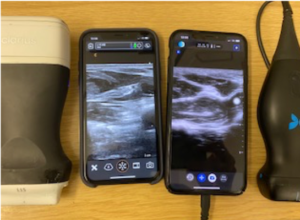
The key difference is the resolution of the image. In musculoskeletal scanning, we are often scanning very small structures and, therefore, we need excellent image quality and spatial resolution. Unfortunately, the Butterfly just does not hit the mark from that point of view. The image is quite grainy, it does not have many shades of grey and as a result your ability to diagnose pathology is compromised.
Ultrasound is operator dependent modality, but it is also very machine dependent. If you buy a machine with poor image quality, you are more likely to make a wrong diagnosis. The problem we see at present is that practitioners, with little or no experience of ultrasound, are buying these without being aware of the poor image quality and have nothing to compare it to.
Of the three delegates who had bought a Butterfly machine before attending our Introduction course; two of them immediately regretted their purchase as soon as they saw the performance of the other machines on the course. The other delegate had access to another machine at work and was just using the Butterfly for practice at home.
The good news is this is the first generation of the Butterfly machine and as the technology develops further the image quality should improve. I look forward to the second generation!
In conclusion, we would suggest the Butterfly is not going to give the image quality required for scanning most musculoskeletal areas. This machine is used in many other specialities, other than musculoskeletal medicine, and the image quality may well be adequate for these applications. As we have said before in previous blogs, whenever you are buying a machine, it is important that you try it before you buy. It is also important that you compare it to other machines. If you have not scanned before we would suggest you attend an Introduction course before you buy a machine
If you have any questions about this machine, or would like some advice on what machine to buy, then please feel free to email chris@ultrasoundtraining.co.uk